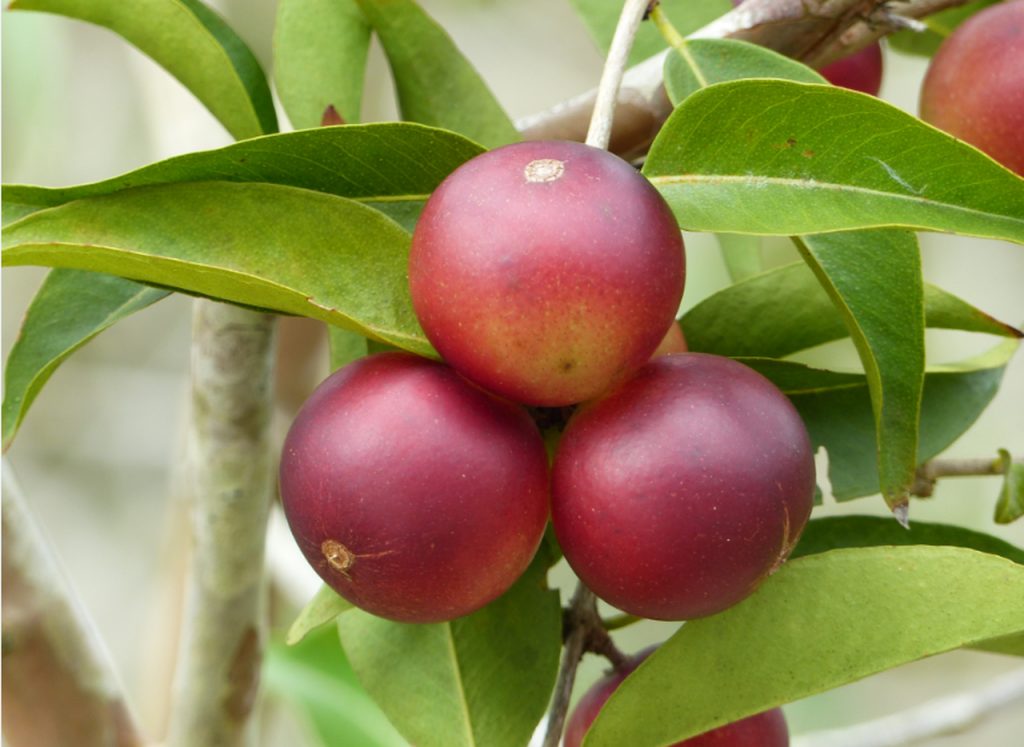What is it?
Ferulic Acid. Maybe it’s not part of your skincare vocabulary, but you most certainly are familiar with the term antioxidant. So, ferulic acid is a plant-based antioxidant naturally found in the cell walls of many plants. These include: apples, oats, wheat, peanuts, oranges, and rice. Ferulic acid is an antioxidant rich in anti-aging properties. It is renowned for improving signs of premature aging.
What Makes it Different?
The antioxidants in ferulic acid neutralize free radicals caused by our lifestyles and unhealthy habits that stunt the development of healthy skin. Free radicals are unstable molecules that are damaging to the cells in your body. Factors such as UV radiation, processed foods, tobacco smoke among others contribute to the levels of free radicals within the body. Consequentially, they can speed along skin aging and contribute to skin damage.
Antioxidant Boosting Capabilities
This ingredient is an OxyGeneo superstar because it enhances the benefits of Vitamin C and E in OxyGeneo treatments. Ferulic acid stabilizes the properties of Vitamins C and E to provide longer-lasting protection against sun radiation. This means that when used in combination with these vitamins, ferulic acid works as a booster to shield the skin from damage, providing exceptional skin results. Many anti-aging serums present a hybrid of ferulic acid in addition to hyaluronic acid and Vitamins C and E to enhance its potency and optimal absorption.
Skin Protection
Although it cannot reverse the damages already done to the skin, ferulic acid can preserve the skin’s health. It does so by enhancing collagen production. This prevents future development of fine lines, dark spots, and wrinkles. It also delivers advanced environmental protection to shield the skin from sun damage. Additionally, it penetrates the skin to improve dullness and hyperpigmentation and offer a radiant and glowing complexion instead.
Important Note: Since this acid is plant-derived, it is possible to have an allergic reaction. It is important to ask where it is from; whether it be different plants or in a lab. This reduces the risk of an allergic reaction, especially if you know you have an existing allergy (ie; peanuts). To be safe, it is always best to do a patch test on your wrist before introducing a new skincare product to your beauty routine.
Written by: Rachel Alter




